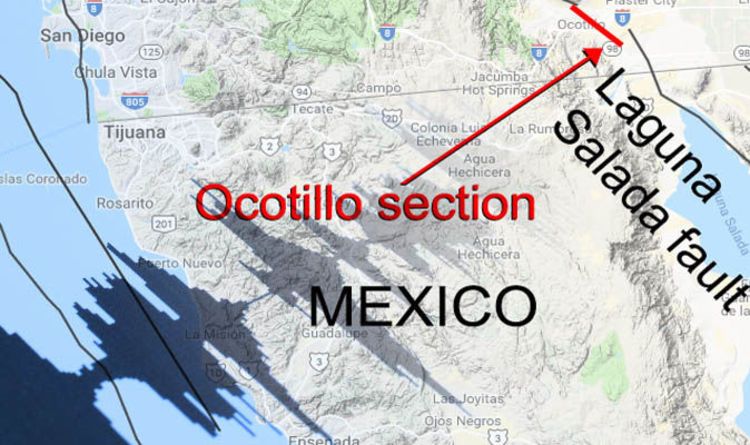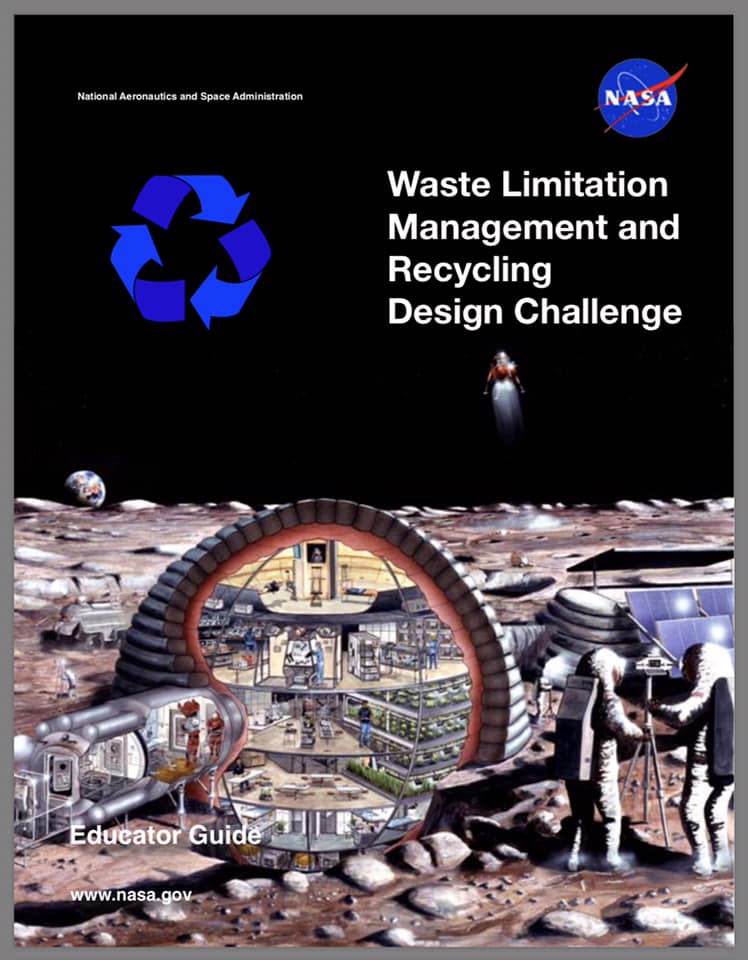At this year’s AIAA Space and Astronautics Forum and Exposition, engineer Marco Peroni presented his proposal for a modular Martian base that would provide its own radiation shielding.
Category: space – Page 959
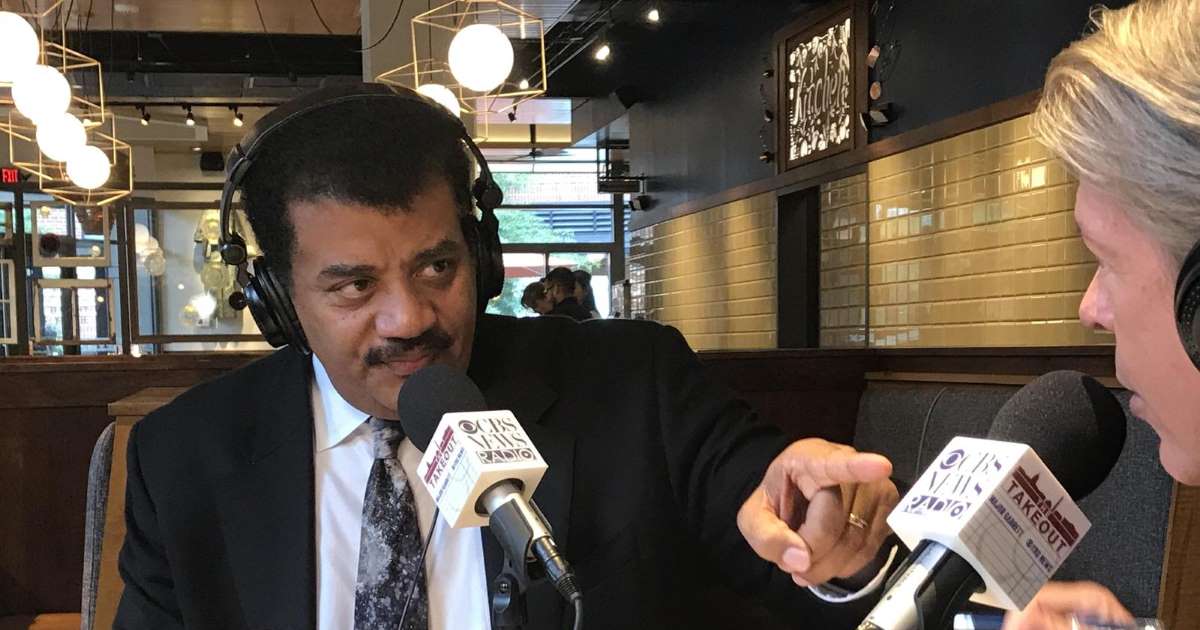

All in the family: Kin of gravitational wave source discovered
On October 16, 2017, an international group of astronomers and physicists excitedly reported the first simultaneous detection of light and gravitational waves from the same source—a merger of two neutron stars. Now, a team that includes several University of Maryland astronomers has identified a direct relative of that historic event.
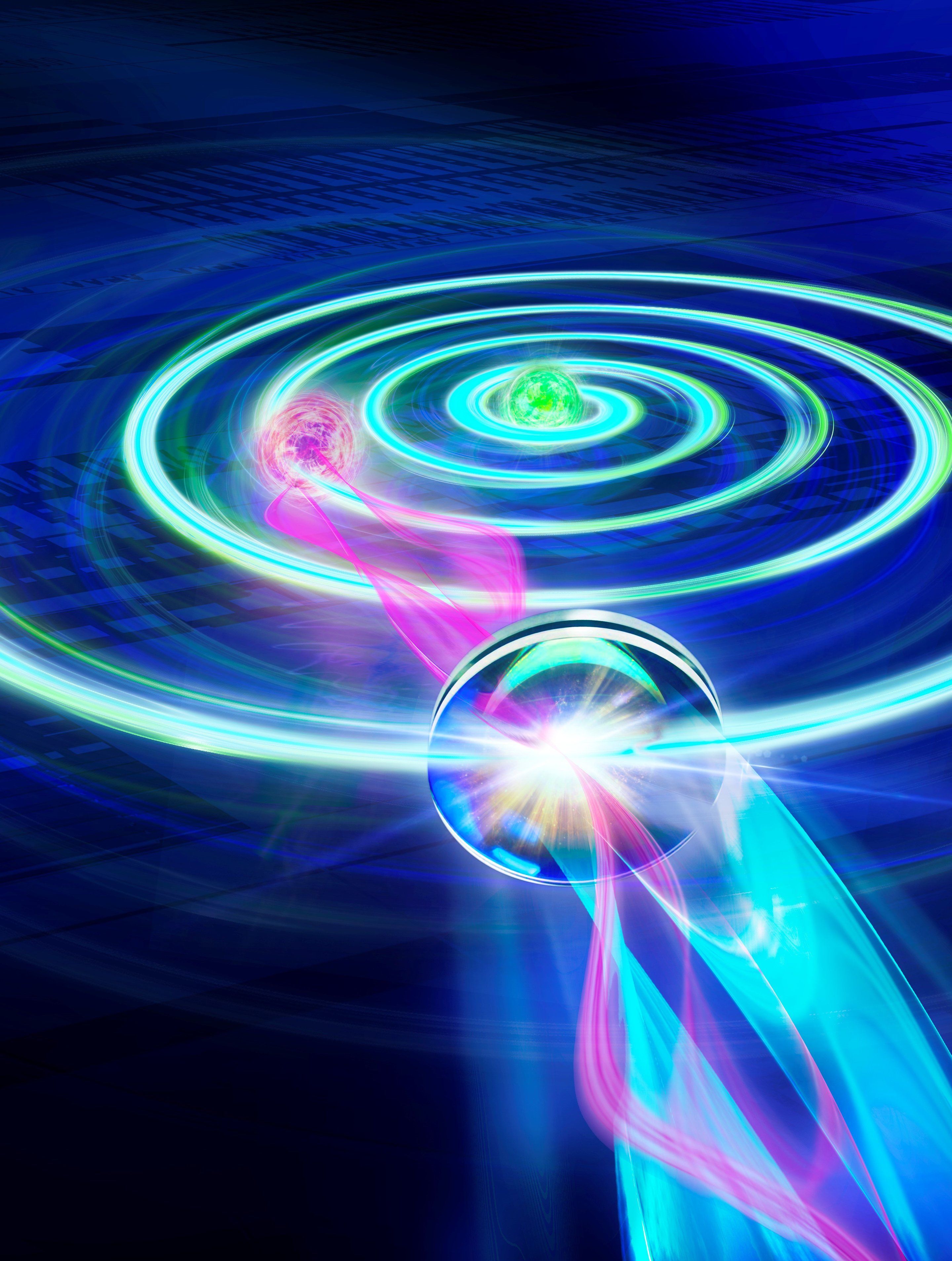
Physics: Not everything is where it seems to be
Scientists at TU Wien, the University of Innsbruck and the ÖAW have for the first time demonstrated a wave effect that can lead to measurement errors in the optical position estimation of objects. The work now published in Nature Physics could have consequences for optical microscopy and optical astronomy, but could also play a role in position measurements using sound, radar, or gravitational waves.
With modern optical imaging techniques, the position of objects can be measured with a precision that reaches a few nanometers. These techniques are used in the laboratory, for example, to determine the position of atoms in quantum experiments.
“We want to know the position of our quantum bits very precisely so that we can manipulate and measure them with laser beams,” explains Gabriel Araneda from the Department of Experimental Physics at the University of Innsbruck.
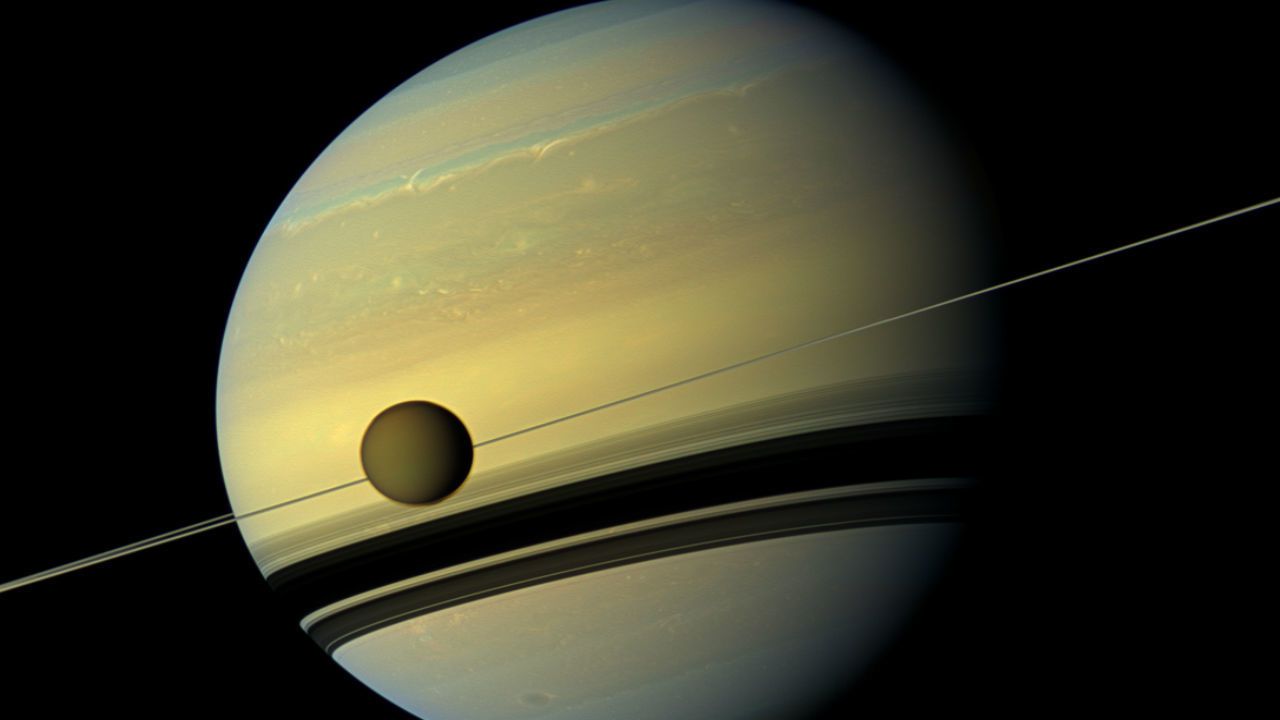
A first look at China’s Mars simulation base out in the Gobi Desert
China’s first Mars simulation base opened to the press on Friday in Gansu Province in the northwest of the country, providing a glimpse of the project mainly intended to popularise space among youth.
The base is located in the Gobi Desert, 40 kilometres away from the downtown area of Jinchang, a city in Gansu. The natural features, landscape and climate are being described as resembling Martian conditions.
The newly-built base has an extravehicular site and nine modules, including an airlock module, a general control module and a bio-module.
Milky Way galaxy map
There are 1.7 billion stars to count in this incredible new map of our galaxy.
NASA ScienceCasts: Sweating Can Be Cool
NASA’s ECOSTRESS mission is studying how plants sweat, providing detailed measurements of plant temperatures from space.
